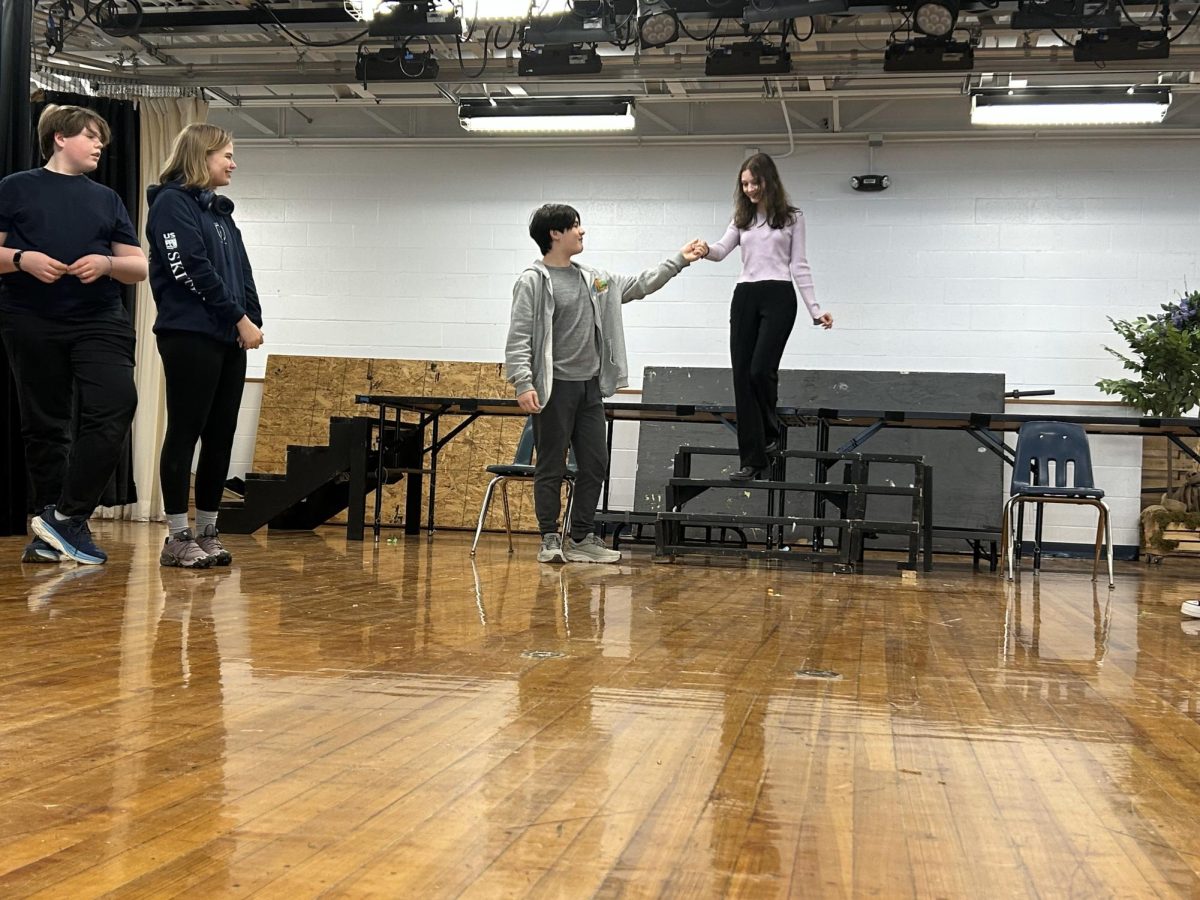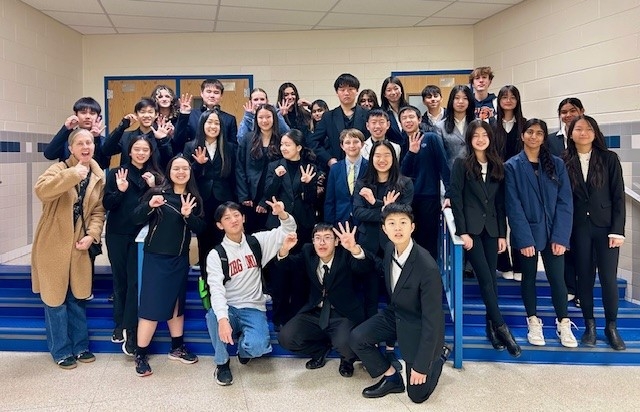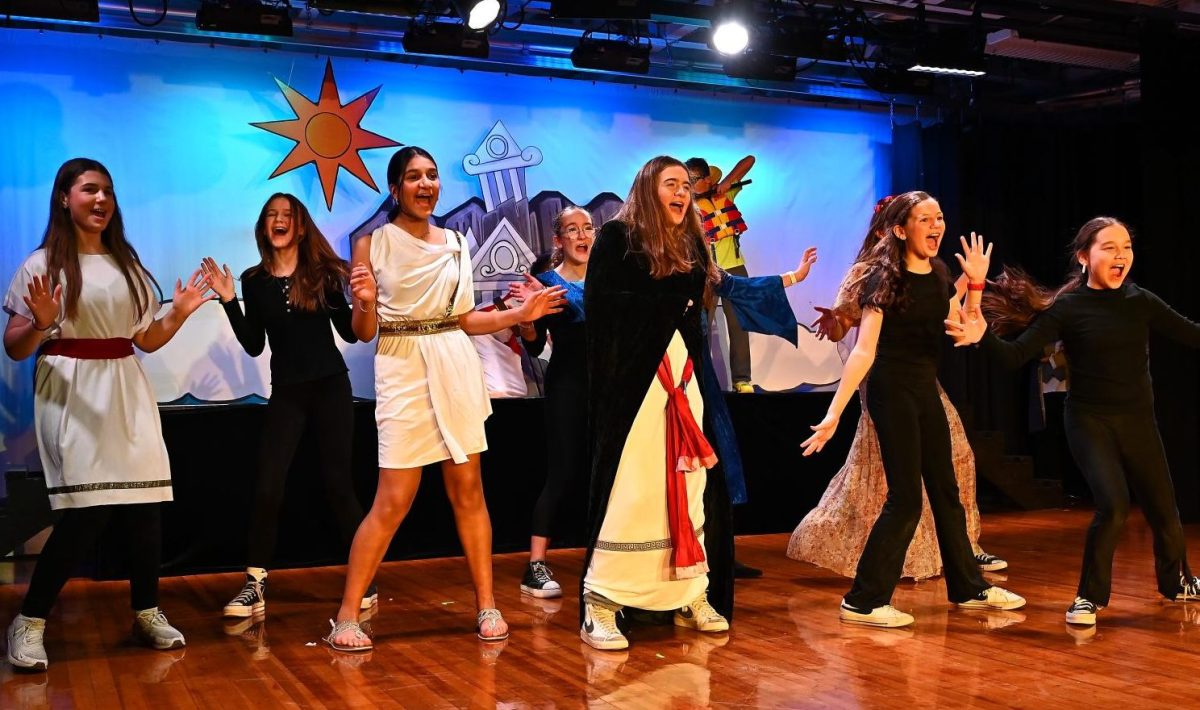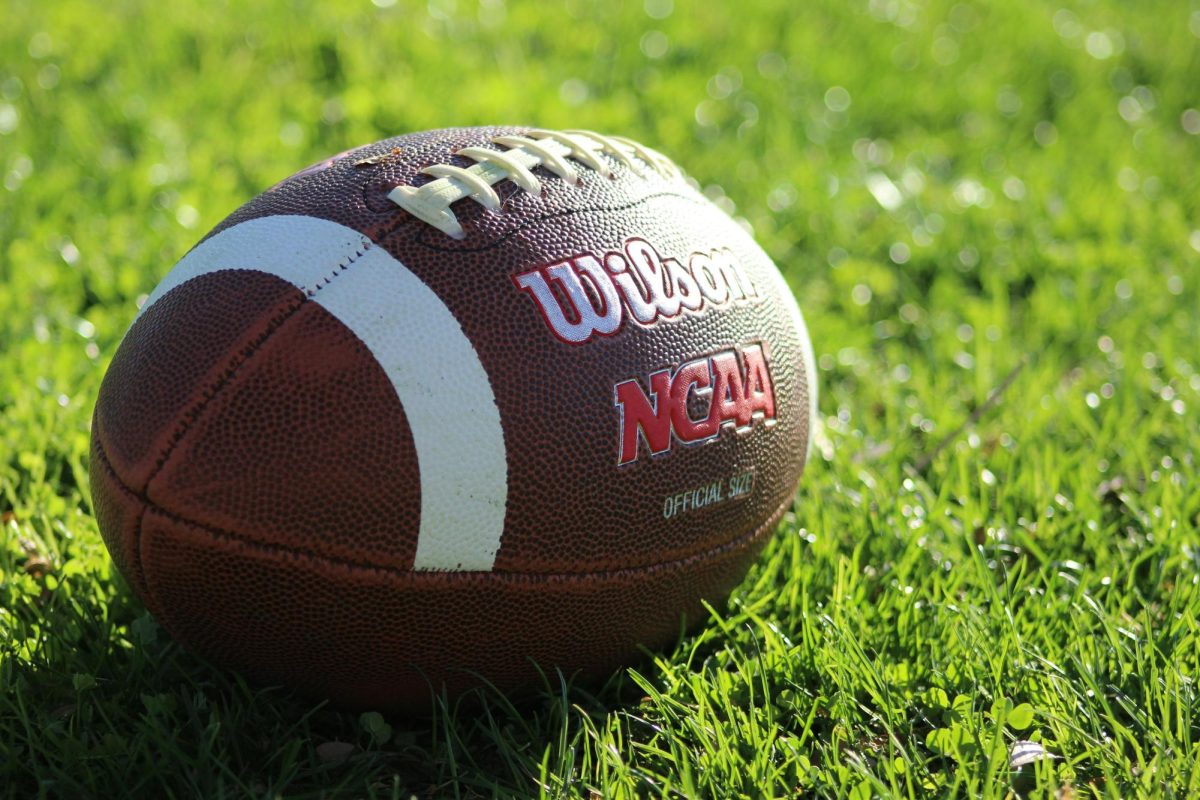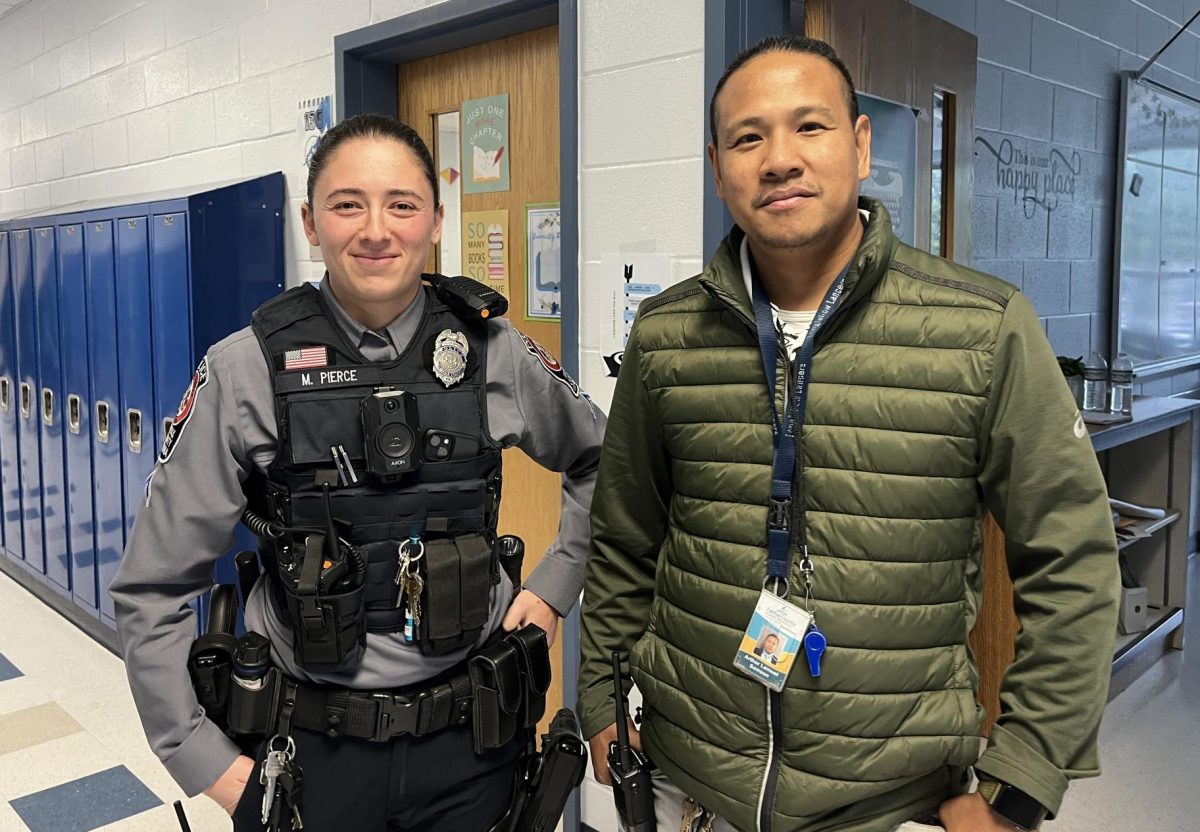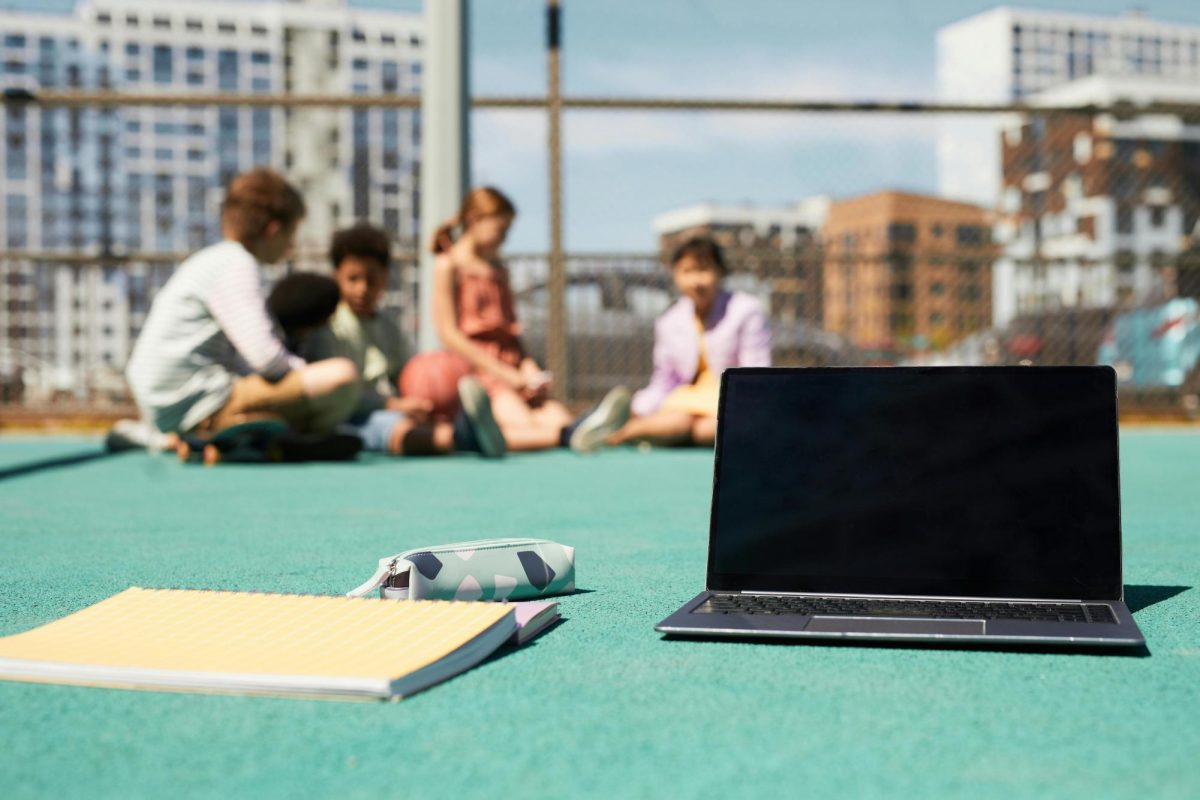Longfellow Middle School is a large building with many students, and even though many benefits result from this community since it is the 3rd best middle school in Virginia, it also impacts the environment. However, there are ways in which students and staff can contribute to making the school more eco-friendly.
“Longfellow is a large school building, and we use a lot of resources,” explained Dr. Yannos Misitzis (Dr. Yannos to his students), who sponsors both the Gardening Club and the Eco-Action Club. “We use a lot of electricity, we use a lot of water, create a lot of sewage, and burn a lot of natural gas,” Dr. Misitzis added. He was careful to note that that doesn’t mean we are being wasteful, just that using resources is necessary to keep everybody comfortable and safe in a building this size.
According to an FCPS Get 2 Green website, the weight of FCPS recycled products in 2023 so far is 3,679,305 lbs in total. Trash, on the other hand, is almost four times that amount. There is no denying that this building leaves an impact.
Trash can travel through many bodies of water in the world, ending up on beaches, within gyres, and more. The scattered leftover trash hurts habitats of aquatic life, crosses with human uses of rivers, and coastal as well as marine environments, causes transportation of chemicals, and more.
Many staff members and students, such as members of the Eco-Action Club, which supports the environment, are striving to improve the outcomes from our school.
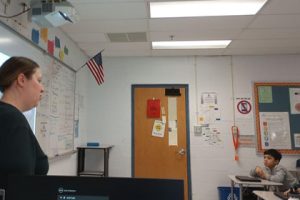 “We’re going to have somebody coming from Republic, a company that takes our trash and recycling away from the building, so they’re going to be teaching us a little bit about how we can improve our recycling here,” explained Dr. Misitzis (editor’s note: Republic Recycling Coordinator Jessica Miller presented to the Eco-Action club on 11/29).
“We’re going to have somebody coming from Republic, a company that takes our trash and recycling away from the building, so they’re going to be teaching us a little bit about how we can improve our recycling here,” explained Dr. Misitzis (editor’s note: Republic Recycling Coordinator Jessica Miller presented to the Eco-Action club on 11/29).
 In order to make progress, students and staff can help take action on a regular basis. Dr. Yannos suggests going around and looking for ways that we can decrease our energy use, without having a negative impact on students. Students should remind their teachers to turn the lights off when they’re not in the room or turn the projectors off when they’re not in use, for example.
In order to make progress, students and staff can help take action on a regular basis. Dr. Yannos suggests going around and looking for ways that we can decrease our energy use, without having a negative impact on students. Students should remind their teachers to turn the lights off when they’re not in the room or turn the projectors off when they’re not in use, for example.
The harm that is done to the environment by schools, including Longfellow, is often ignored or pushed aside. An NPR article titled, “Most Teachers Don’t Teach Climate Change; 4 In 5 Parents Wish They Did,” finds that 55% of teachers do not teach or talk about climate change. This introduces a new idea of students not being informed enough of what is going on, meaning it would be difficult to make wise decisions when, for example, they have plastic to discard at lunch. Since only 9% of plastic is recycled worldwide, it’s most likely that that student’s plastic would end up in the trash bin, then over to landfills!
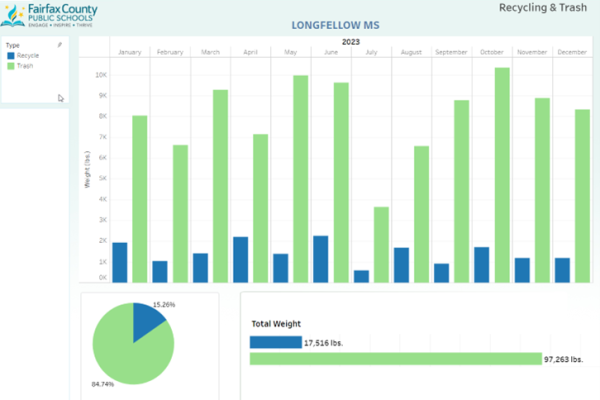 Causes and effects that come and go from this school which lead to changing the natural habitats and overall environment around us are key concerns and issues to many people. At the end of the day, we only have one Earth.
Causes and effects that come and go from this school which lead to changing the natural habitats and overall environment around us are key concerns and issues to many people. At the end of the day, we only have one Earth.



